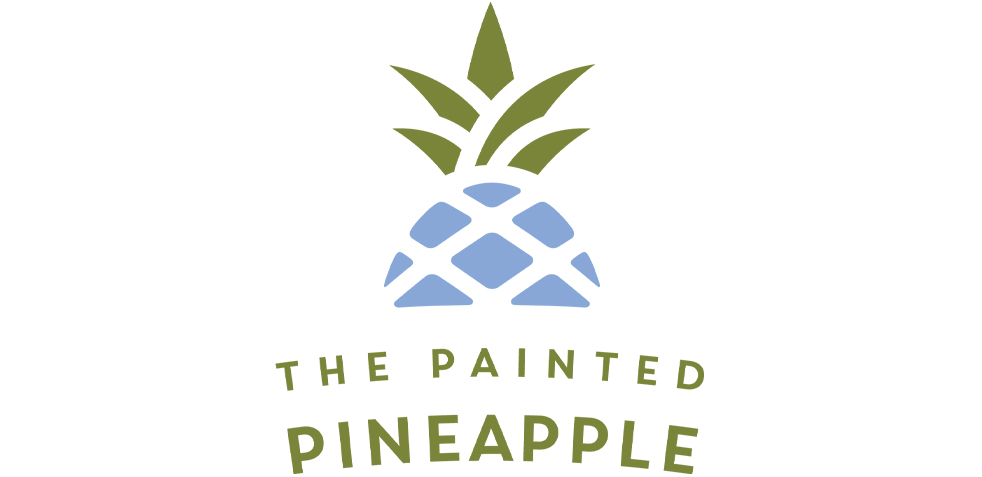Welcome to the fabulous world of furniture painting! Pick up a pint, grab your brush and join the many happy painters who have tapped into their creativity, dispelled anxiety and stress, discovered hidden talents and saved (or even made) money through the satisfying process of upcycling furniture!

About
Frequently imitated but never matched, Annie Sloan Chalk Paint® is specifically designed to be easy to use, quick, and reliable. It very rarely requires any preparation, such as sanding or priming, and can be used indoors or outside, on just about any surface (wood, plaster, melamine, metal, glass, flooring, brick, concrete and more). The highly concentrated paint can also be diluted to create a stain, wash and even fabric dye! A necessary step, sealing Chalk Paint® with wax gives that iconic velvety finish, but it can also be sealed with lacquer or a water-based top coat. As a rough guide, one litre of Chalk Paint® covers approximately 13 square metres and you will need one 500ml tin of wax for every 3-4 litres of paint.
Highlights:
-
Versatile – from thinned out stain to thick impasto
-
Can be applied over Annie Sloan Chalk Paint® Wax without stripping first
-
Minimal VOCs and “Toy Safe” (non-toxic)
-
Porous finish – must be sealed!
-
Quick dry time between coats and cures in 21 days when waxed
Great for:
-
Distressing, “antiquing” and colour layering
-
Textured substrates like brick, stone and rough wood
-
Floors + stairs when sealed with Annie Sloan® Lacquer
Prep
Prepping. No one wants to do it and Annie Sloan formulated her Chalk Paint® with just that in mind. Generally speaking, a good cleaning with an oil-free soap and water is sufficient. That being said, you should always keep the following scenarios in mind and adjust your prep steps as necessary:
High Tannin Wood
Pine, oak, cedar and mahogany contain a substance called “tannin” and it can seep through paint, causing unsightly splotches and discolouration. It’s recommended to seal knots and grains with a shellac-based primer before painting.
Stained Wood
Some vintage furniture and flooring have been stained with an oil-based product that can bleed through when painted. These surfaces should be sealed with shellac.
Laminate + Thermofoil
Any surface that particularly shiny should be scuff sanded after cleaning (except melamine). Applying a thing first coat and allowing it to dry for at least 24 hours will ensure better adhesion.
Supplies:
-
Warm soapy water (use an oil-free dish soap)
-
A cloth, scrubbing sponge and toothbrush
-
Sanding pads
-
+/- shellac
Steps:
-
Thoroughly clean your piece with warm soapy water and give it a final wipe down with a damp cloth, checking that your rinsing water is relatively clear. Use a toothbrush to get into crevices and a scrubbing sponge for stubborn grime.
-
For shiny surfaces (laminate, plastic, metal or glass), use a sanding pad and lightly sand the surface. Wipe away any sanding dust before painting.
-
If you’re painting onto oil-stained surfaces or woods that bleed, seal with shellac.



Painting
Painting with Chalk Paint® offers the ultimate freedom of creative expression. Grab a dense natural-bristle brush, give your paint a good stir and go to town! Any texture from application can be sanded smooth with a fine-grit sandpaper between coats, or kept and used to create visual interest by amplifying the effects of a wash or dark wax.
Between coats, allow for 1-2 hours (or more if humid) and be mindful of the paint’s cure time of 21 days.
Applying a wash or dark wax? Be sure to have sealed your paintwork with clear wax first.
Distressing? To preserve sublayers, apply a coat of clear wax between colours. Want a softer gradient? Skip the wax between layers and use a damp facecloth rather than sand paper.
Sealing
Due to its porous nature, Chalk Paint® should be sealed or it will always be susceptible to scuffs, stains and fingerprints. Wax is the most popular sealant, but you can also use Annie Sloan’s water-based lacquer for even more durability. Other topcoats are much too thin for Chalk Paint® and tend to be absorbed rather than provide a durable finish.
Wax
- Using a brush or lint-free cloth, apply a very small amount of wax in small sections by working your brush in all directions to make sure the entire surface has been covered. Use light pressure.
- Remove any excess wax with a lint-free cloth as you go, lightly wiping until you can’t leave a fingerprint on the surface.
- The piece can be used as soon as the wax is dry to the touch, but it will take up to 2 weeks to fully cure. During this time, be gentle and avoid excess use, cleaning or placing heavy objects on the surface.
Lacquer
- Stir well before starting and regularly during use.
- Apply a thin coat using a brush or roller. To help it go on evenly, you can dilute Lacquer with 10% water.
- Allow to dry for 1-2 hours.
- For increased durability, apply a second thin coat.
- Allow 1-2 hours to dry (humid environments will require longer) before light use. The finish will be fully cured within 2 weeks.










